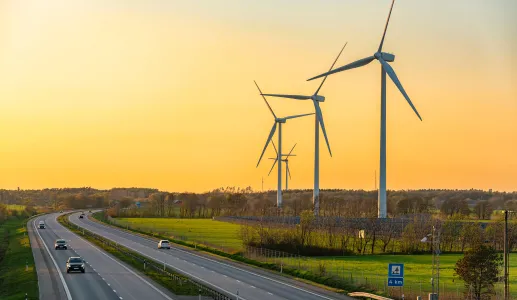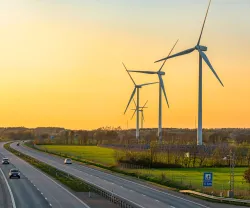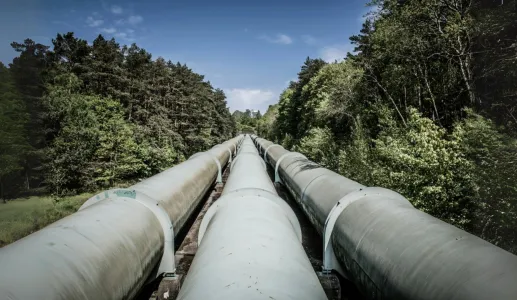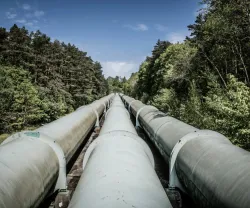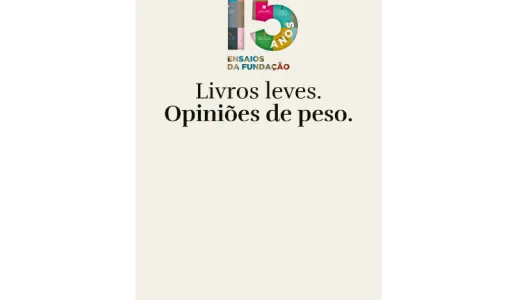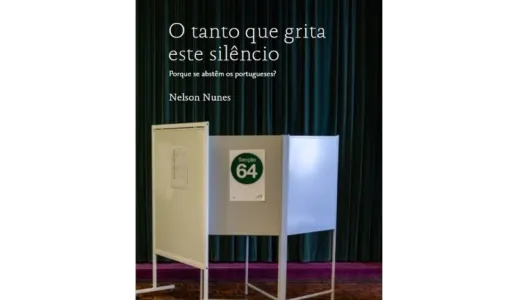In times of crisis and conflict, how can European energy security be guaranteed, taking into account the financial and environmental costs?
The project «Europe's energy transition: Balancing the trilemma», is composed of a series of six policy papers, developed by the Brookings Institution in partnership with the Fundação Francisco Manuel dos Santos.
The project «Europe's energy transition: Balancing the trilemma», is composed of a series of six policy papers, developed by the Brookings Institution in partnership with the Fundação Francisco Manuel dos Santos.


Ukraine’s energy sector is a key battleground in the war with Russia
Ukraine has chosen European integration and decided to sever its long-standing ties with Russia. Moscow does not accept Kyiv’s sovereign decision and...
29/10/2025
26 min
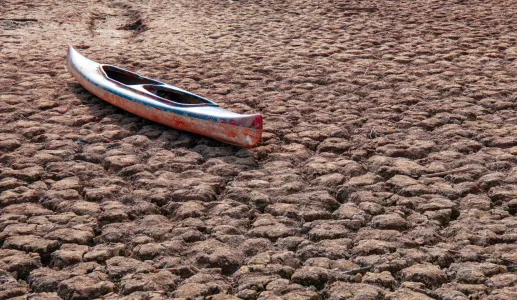

After the energy crisis: Policy responses in the Iberian Peninsula
Portugal and Spain are in a position to lead Europe's energy transition and capture green industrialisation opportunities, thanks to abundant...
21/07/2025
38 min

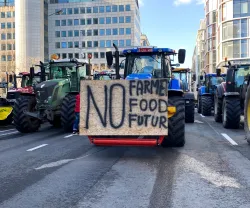
The risks and opportunities of the EU’s green trade agenda
EU regulations seek to create a green trade environment where environmental concerns shape international markets. However, the implementation of...
29/05/2025
38 min
Books
To buy
